Public Liability Claims Explained
Public liability and occupiers’ liability claims are very similar in nature and there is often some cross-over in relation to the law that is applied to them.
The most common types of claims are:
Trips or falls on public roads and pavements
Trips or falls in public parks and other public amenity areas
Accidents that occur in shops
Accidents that occur in privately owned buildings or land e.g. shopping centres
Accidents that occur in private properties
Other claims against the Local Authorities
Claims for trips or falls in public areas are generally difficult to pursue. It is therefore important that if such an accident occurs, photographs of the defective area are taken as soon as possible. Additionally, claims are substantially aided if photographs clearly showing measurements of the defect are also taken. You should also ensure that you report the accident as soon as possible to the relevant authority after you have taken the photos and measurements.
The most common defence used by Local Authorities is that they have implemented a reasonable system of inspection and repair. I.e. they only have to show that they inspected the area on a regular basis and that they undertook repairs within a reasonable timescale after they received reports about them. The mere presence of a pothole, for example, does not mean that the Local Authority has been negligent.
This does not mean that all claims will automatically fail though and it is therefore important to gather as much evidence of the defective area as quickly as you can.
Claims against privately owned buildings or land
Claims for accidents in shops and shopping centres for example are slightly easier to prove than those against Local Authorities.
At Taylor Law, we deal with plenty of claims against supermarkets, shops and shopping centres, where injuries occur regularly due to liquid spills or items being on the floor of the premises.
Footfall in shops and shopping centres is usually significantly higher than on a public footpath. Therefore, the onus on the Defendant owner or occupier of the premises to inspect the area and rectify defects and remove obstructions is much higher.
In order to successfully defend a claim, the Defendant must be able to show that it has effective risk assessments, a good system of inspection and a good cleaning policy and that it had implemented the same on the day of the accident.
As above it is important that you take photographs and measurements of the defect, spillage or cause of your accident as soon as possible. You will also need to ensure that you report the accident as soon as you are able to do so. It will aid a claim if accurate details of the accident are reported at the time.
At Taylor Law we offer in-depth expertise and pragmatic advice. If you are involved in a public liability case, we will provide strong guidance and representation and work with you to resolve the issue without delay.
Taking legal advice early on as soon as the situation arises offers the best chance of quick resolution and is important to ensure that any evidence such as CCTV can be preserved.
We have offices in Leeds, Middlesbrough and London. For an initial discussion, ring us on 0113 532 8100 (Leeds), 01642 221 108 (Middlesbrough) or 0203 780 7646 (London) or fill in our Contact Form.


Recent Comments